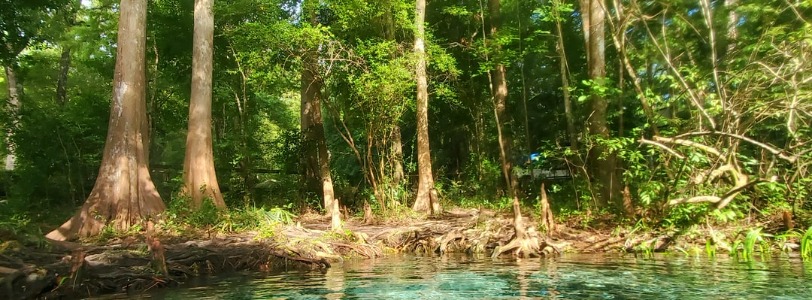Historical Landmarks in Florida
Florida is home to some of the most beautiful and historic landmarks in the United States. From ancient Native American settlements to Spanish colonial forts, Florida has a rich and diverse history that can be seen in many of its historical landmarks. These sites provide insight into the lives of those who lived before us and are essential in preserving our nation’s heritage. Here we will discuss some of the most influential historical landmarks found across the state of Florida so you can learn more about its incredible past.
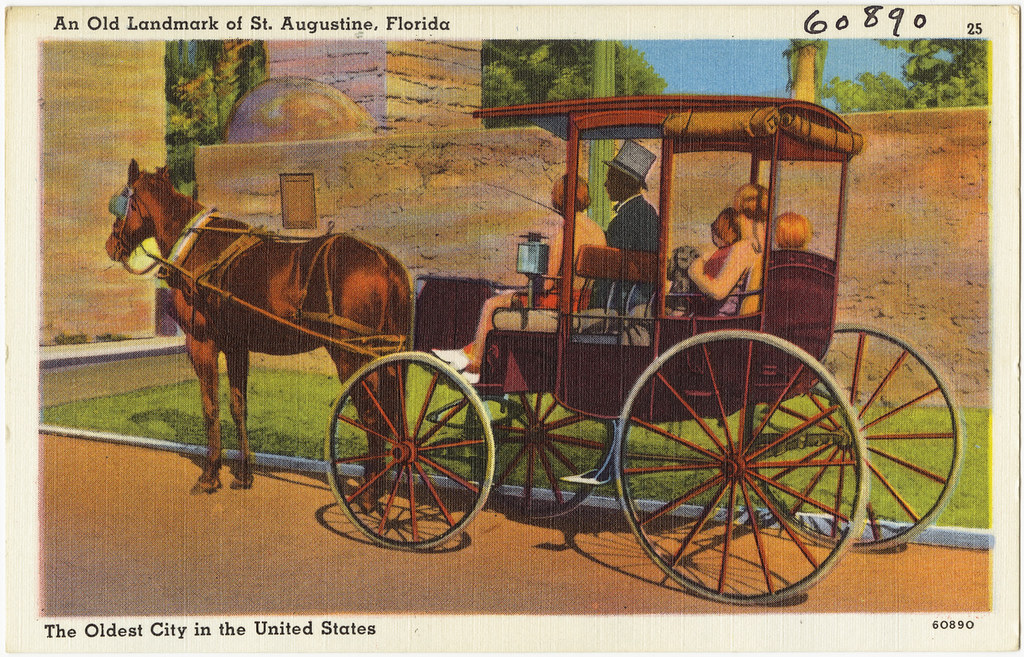
National Historic Landmarks are historic sites recommended by the National Park Service and designated by the Secretary of the Interior as having special significance for the nation in illustrating and celebrating the heritage of the USA.
Today, less than 2,400 historic places throughout the USA have been designated as National Historic Landmarks. 35 of those are in Florida. Scroll down through the regions to find national historic landmarks in the area you are interested in.
Landmarks in NORTHWEST Florida
NORTHWEST FLORIDA is full of landmarks that have been part of the area for many years. Starting with Pensacola Beach, a major tourist attraction known for its soft white sands and blue waters, also boasts historic sites like the Naval Air Station, which has been operating since 1914. Other noteworthy spots include the delightful Grayton Beach State Park, a nature haven featuring pristine beaches and tranquil hiking trails. Nature enthusiasts can explore Blackwater River State Forest in Milton to observe some of Florida’s most beautiful native plants and animals. Stretching almost two miles inland is the Apalachicola National Forest with over 600 miles of trails perfect for biking or horseback riding. The iconic St.
Fort San Carlos De Barrancas
Pensacola
Sitting on a bluff overlooking the entrance to Pensacola Bay, Fort San Carlos de Barrancas was constructed by the Spanish in the late 18th century to guard Pensacola, then the capital of Spanish West Florida. Used also as a fort through the Civil War and beyond, For Barrancas was deactivated in 1947 and incorporated into the Pensacola Naval Air Station by the US Navy. After extensive restorations, the fort was opened to the public in 1980.
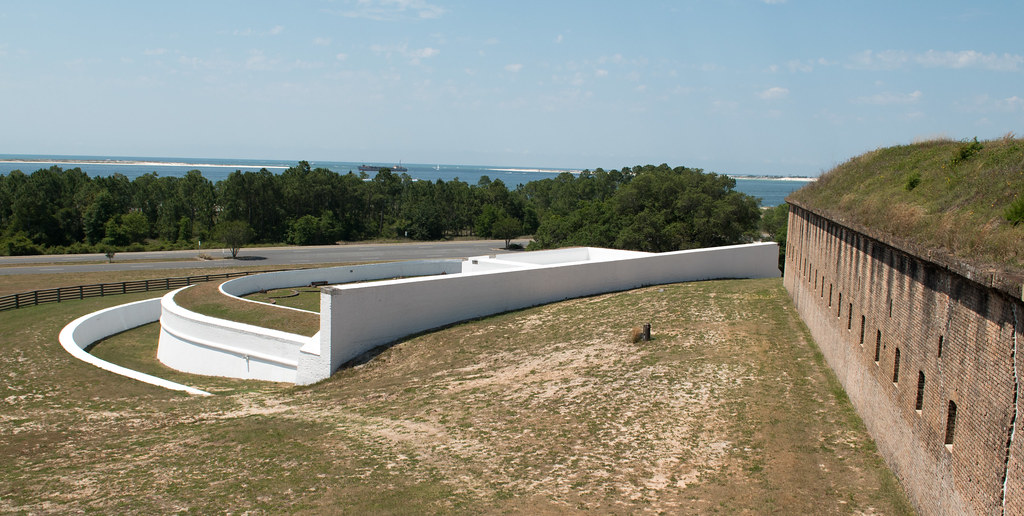
Indian Temple Mound
Fort Walton Beach
Built as a religious and political center more than 1,000 years ago, the earthen structure of the Indian Temple Mound in the historic downtown area of Fort Walton is 17 feet high and is probably the biggest such structure on the Gulf Coast. The museum has one of the finest exhibits of prehistoric ceramics in the Southeast United States.
Pensacola Naval Air Station Historic District
Pensacola
Though severely damaged by Hurricane Ivan in September 2004, the Pensacola Naval Air Station is still an important landmark as the birthplace of naval aviation. Established in 1914, this was the first permanent naval air station in the USA and the first Navy pilot training center.
Plaza Ferdinand VII
Pensacola
Named after Ferdinand VII of Spain, the King of Spain between 1813 and 1833, this plaza was the site of the official cession of Florida to the United States from Spain in 1821. A statue commemorates General Andrew Jackson who proclaimed Pensacola as the capital of the new Florida Territory at the site where he was later sworn in as the first Territorial Governor.
Landmarks in NORTH CENTRAL Florida
NORTH CENTRAL FLORIDA is home to some of the most historically significant landmarks in America. From ancient Native American mounds and trails to historic Spanish missions, this region has played a key role in the development of Florida’s culture and history. Here are a few of the most interesting landmarks that can be found throughout North Central Florida.
Paynes Prairie Preserve State Park
The first is the Paynes Prairie Preserve State Park. This vast park was once used by local Native Americans as a hunting ground and later served as an important destination for early Florida settlers. The preserve consists of marshes, lakes, prairies, sinkholes, and more – all forming one of the largest natural wetlands in the southeastern United States. Visitors can take advantage of various activities including hiking, biking, and horseback riding along its many trails or simply enjoy scenic views from its observation tower.
British Fort
Sumatra/Apalachicola National Forest
The British Fort, in the Apalachicola National Forest, Sumatra, became known as the “Negro Fort” after the War of 1812 when runaway slaves occupied it with the help of the Seminole Indians. When the US Army destroyed it in 1816, the first Seminole War was started. This historic site also features Fort Gadsden, a fort occupied by the US Troops from 1818-1821.
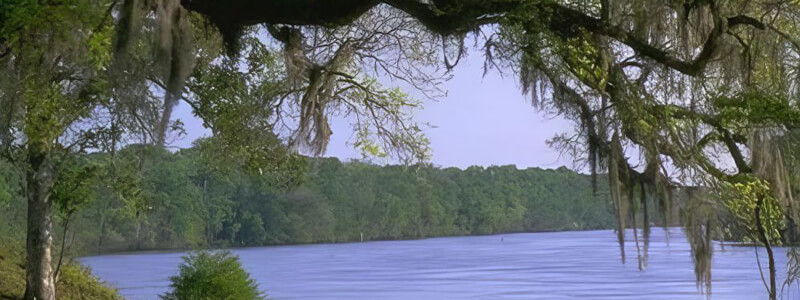
Governor Stone
Apalachicola
In 1877, the two-masted historic sailing schooner, Governor Stone is a historic vessel and floating museum to be found plying the shallow waters of Apalachicola on historic sailing charters. Apalachicola River cruises and other sailing trips, weddings, receptions, or parties are available on the 119-year-old antique schooner.
San Luis De Talimali
Tallahassee
The historic site of the Franciscan mission of San Luis De Talimali (formerly San Luis de Apalache) established in 1656 to secure the Spanish presence among the Apalachee Indians is only minutes from downtown Tallahassee. Guided tours reveal the continuing excavations of the former Spanish and Indian villages.
Fort San Marcos De Apalache
St Marks
Originally built to protect Spanish missionaries, the fort of San Marcos de Apalache, located in the Florida panhandle, is the focal point of this historic site with a visitor center and museum with pottery and tools excavated at the site that depicts the colorful history of San Marcos as it changed hands between the Spanish, English, Indians, and Americans.
Landmarks in NORTHEAST Florida
NORTHEAST FLORIDA is home to a variety of stunning landmarks that make it an exciting and historical area to explore. From old lighthouses to historic forts, this region has some of the most captivating attractions in the state.
St. Augustine Lighthouse
The St. Augustine Lighthouse is one of the most iconic landmarks in Northeast Florida. It offers breathtaking views of the city and coastline, and it’s believed to be haunted by former lightkeepers! There is also a nearby museum that provides more information about maritime history.
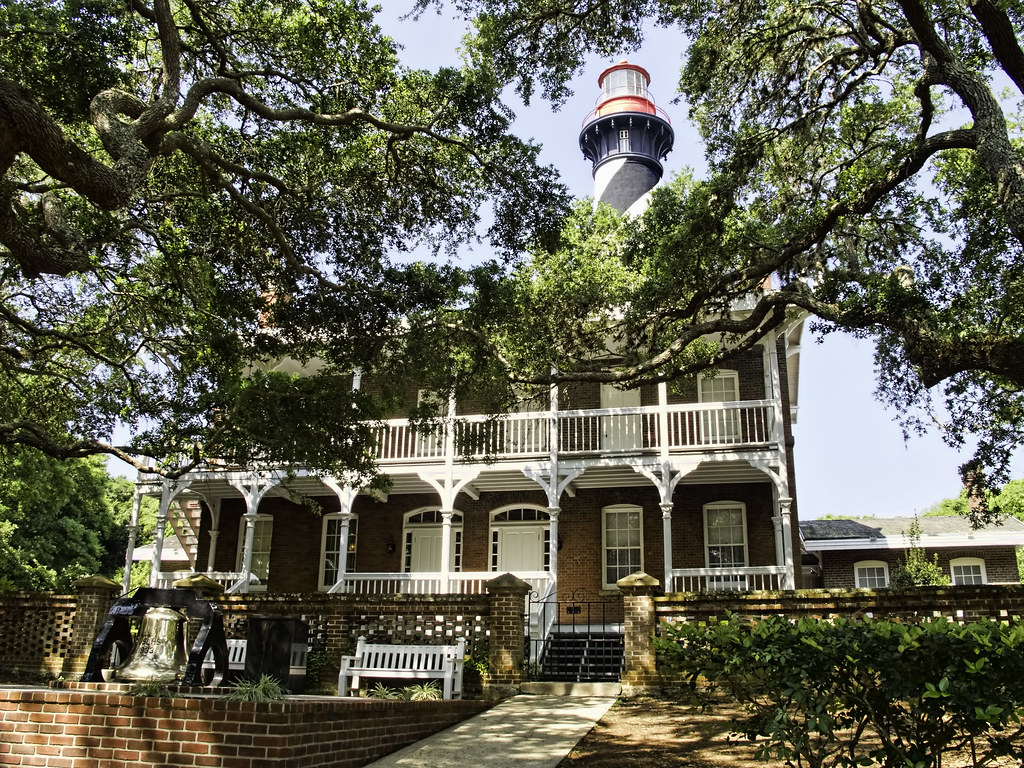
George Island State Park
Ft George Island State Park is another popular landmark in Northeast Florida, with its unique natural environment featuring salt marshes and estuarine lagoons as well as a wide variety of wildlife species. Visitors can take guided tours or enjoy fishing off the shores for their own adventure.
Cathedral Of St Augustine
St Augustine
Built in 1797, the Cathedral of St Augustine the oldest parish in the United States was restored after a fire gutted the church in 1887, at which time a Spanish Renaissance-style bell tower was added, together with replicas of paintings in the Vatican’s Pauline Chapel, exquisite Victorian stained glass windows and altars of sculpted marble.
Fort Mose Site
St Augustine
Once known as “Gracia Real de Santa Teresa de Mose”, Fort Mose was the first legally-free African Settlement in the USA. Sanctioned in 1738 by the Spanish, the fort gave sanctuary to about 100 Africans and their households escaping enslavement in the English Colony of Carolina.
Gonzalez-Alvarez House
St Augustine
Travelers can step back in time by walking through St Augustine’s Oldest House (1727) amidst the authentic coquina (broken coral and shell) walls and floors of tabby (oyster shells mixed with lime) and hand-hewn cedar beams. The Gonzalez-Alvarez House is actually the oldest surviving Spanish Colonial dwelling in Florida.
Maple Leaf
Mandarin
The wreck of the Steamship Maple Leaf, employed by the United States Army during the Civil War, was discovered in 1984 at the bottom of the St. Johns River near Jacksonville in an environment that perfectly preserved the ship and its cargo. It is considered to be the most important repository of Civil War artifacts ever found.
St Augustine Town Plan Historic District
St Augustine
Originally a Spanish military base established in 1565, the St Augustine Town Plan Historic District is the site of the oldest continuously occupied settlement in the United States and includes other National Historic Landmarks such as the Oldest House (the oldest surviving Spanish Colonial dwelling in Florida), and the Cathedral of St Augustine in the oldest parish in the United States.
Landmarks in CENTRAL WEST Florida
Central West Florida is a beautiful part of the country with a multitude of landmarks that make it well-known. From historical sites to natural wonders, Central West Florida offers something for everyone.
Castillo de San Marcos National Monument
One of the most famous landmarks in this region is the Castillo de San Marcos National Monument, located in St. Augustine. This 17th-century Spanish fort is one of the oldest structures in America and was built to protect against pirate invasions and colonial warfare. Visitors can explore the fort’s many tunnels and courtyard, as well as its walls which have withstood powerful storms and sieges over its long history.
Crystal River Site
Crystal River
A complex ceremonial center and burial site for Native Americans, the 61-acre Crystal River State Archaeological Site features six earthen structures, or mounds, a plaza area, and a substantial midden. Excavations have revealed artifacts dating back to 500 BC. On the edge of a coastal marsh, the site is also popular with anglers and bird watchers.
El Centro Espanol De Tampa
Tampa
Built after the growth of the cigar industry in Tampa, the Spanish ethnic and cultural club building, El Centro Espanol de Tampa, was built to promote and preserve the Spanish culture, provide recreational activities, and provide support for new immigrants. The last of such buildings left in the USA today, the center is an impressive example of Spanish, Moorish, and French Renaissance-influenced architecture.
Tampa Bay Hotel
Tampa
The 511-room hotel opened in 1891 was the first building in Tampa to be operated by electrical power and served as a winter resort for the wealthy of the 19th century and the headquarters of the army that invaded Cuba in the Spanish-American War (1898). The building, with its distinctive Moorish architecture, still stands but now operates as the University of Tampa with one wing – the Henry B. Plant Museum – furnished as it was in the late 1800s. The six silver onion-shaped minarets that top the building are distinctive Tampa landmarks.
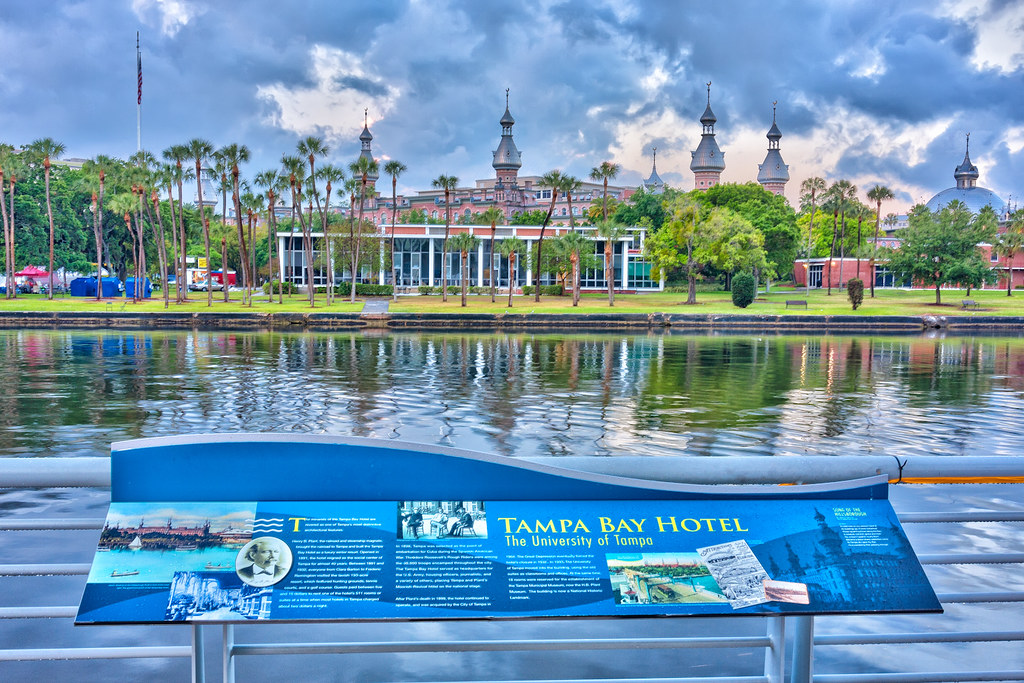
Ybor City Historic District
Tampa
The first cigar factory opened in Tampa in 1886 and the Spanish, Italian, German and Cuban workers who settled here to work in the cigar industry created a strong, vivacious Latin community known as Ybor City. The district’s reputation as the “Cigar Capital of the World” endured until the rise of Fidel Castro and the embargo on Cuban tobacco. Now Ybor City is a mixture of historic buildings, artisan galleries, shops, restaurants and nightclubs.
Landmarks in CENTRAL Florida
CENTRAL FLORIDA is home to many iconic and historic landmarks. From world-famous amusement parks to vibrant cultural centers, these destinations are a must-see for any visitor. Whether you’re looking for a thrilling day of rides or a peaceful stroll through nature, there’s something for everyone in Central Florida.
Kennedy Space Center
The Kennedy Space Center offers an exciting glimpse into the history of space exploration and has been inspiring generations since its opening in 1962. Visitors can view real rockets, experience simulated launches, and take part in interactive exhibits that explore the science behind space travel.
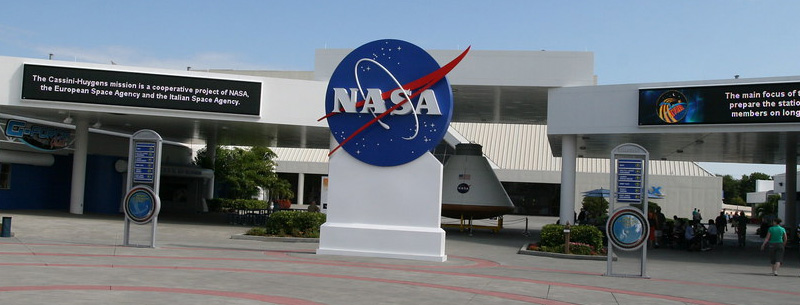
Cocoa Beach Pier
Nature lovers will enjoy exploring Cocoa Beach Pier which stretches 800 feet over the Atlantic Ocean and features live music, shopping venues, and plenty of outdoor activities like fishing or surfing.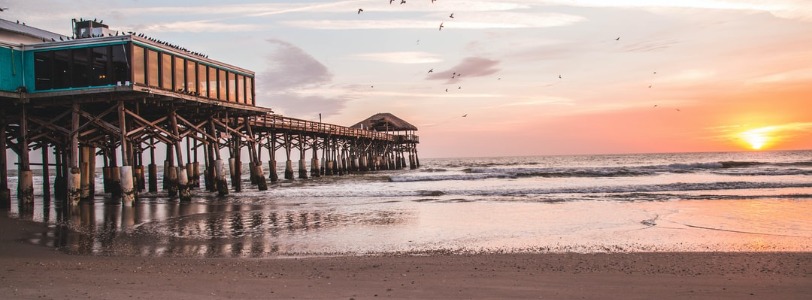
Dade Battlefield Historic State Park
Bushnell
The 80-acre park is the site of the battle that started the Second Seminole War in 1835. Only three of the 107 soldiers under Major Francis L Dade survived the battle, a re-enactment of which is sponsored each January by the Dade Battlefield Society. The visitor center tells the story of the battle with a display of exhibits. The park is also known for its wealth of wildlife, including woodpeckers and hawks, tortoises, and indigo snakes.
Fort King Site
Ocala
In the Second Seminole War the famous Seminole leader, Osceola, ambushed and killed Andrew Jackson’s Indian agent, Wiley Thompson at Fort King, sparking off the longest, costliest, and bloodiest Indian war in the United States. The site is approximately 39 acres and is located north of Fort King Street in Ocala and consists of the archaeological remains of the original fort (1827), the rebuilt fort (1837), and several outlying buildings.
Historic Bok Sanctuary
The Bok Tower Gardens is also a popular destination with its lush gardens situated atop Iron Mountain offering stunning views of Lake Wales below. Located approximately 55 miles southwest of Orlando or east of Tampa near Lake Wales on peninsular Florida’s highest point, the 245-acre Historic Bok Sanctuary is home to landscape gardens designed by the famous Frederick Law Olmsted, Jr., as well as Florida’s first and now internationally renowned carillon, which is encased in a majestic coquina and marble belltower. Also located on the grounds is a splendid Mediterranean Revival mansion called Pinewood Estate.
Landmarks in CENTRAL EAST Florida
Central East Florida is a region filled with rich landscapes, historical sites, and vibrant culture. From the golden beaches of Daytona to the wild marshes of Merritt Island, there are many landmarks to explore in this area. Here are some of the most defining landmarks that Central East Florida has to offer.
Canaveral National Seashore
The Canaveral National Seashore is one of the most beautiful sights in Central East Florida. This 56-mile stretch of undeveloped barrier island coastline features pristine white sand beaches, lagoons, and other wildlife habitats. The historic Ponce de Leon Inlet Lighthouse is located at this site as well, offering breathtaking views from its 183 steps up to the top. The Space Coast’s rich history can be explored at Kennedy Space Center Visitor Complex in Titusville.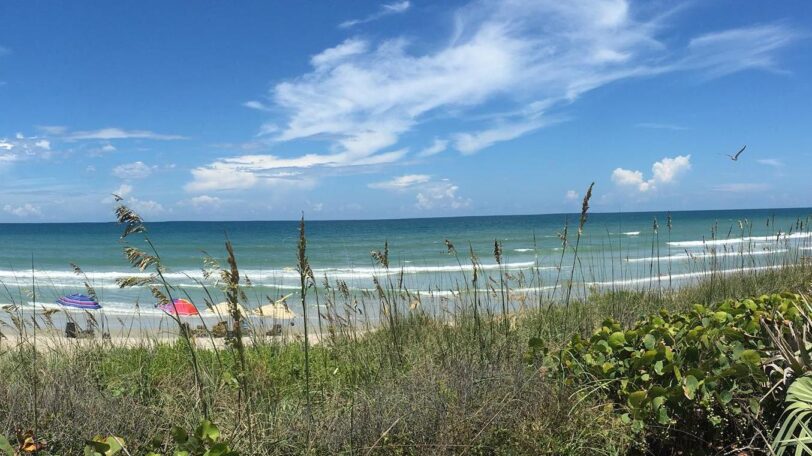
Cape Canaveral Air Force Station
Cocoa
The Cape Canaveral Air Force Station, located next to the Kennedy Space Center in the Cocoa Beach vicinity on the east coast of Florida has been America’s premier facility devoted to space exploration and is now the East Coast launch facility of the Department of Defense of the United States.
Mary Mcleod Bethune Home
Daytona Beach
Founder of the United Negro Women of America and director of the Division of Negro Affairs of President Roosevelt’s National Youth Administration, Mary McLeod Bethune opened the Daytona Educational and Industrial Training School for Negro Girls in a small cottage near the railroad tracks of Daytona in 1904. The school grew to become Bethune-Cookman College with Mary McLeod Bethune as its first president. Her house on the campus is maintained as a National Historic Landmark.
Pelican Island National Wildlife Refuge
Sebastian
The first National Wildlife Refuge near Titusville was created when President Roosevelt set aside the site as a preserve and breeding ground for native birds in 1903, Pelican Island is now a monument to the historic past of the National Wildlife Refuge System it created, possibly the world’s largest and most diverse assemblage of lands for wildlife. Visitor opportunities include boat tours, kayaking, canoeing, fishing, wildlife observation, and photography.
Ponce De Leon Inlet Light Station
Ponce Inlet
Built in 1887, the 175-foot Ponce Inlet Lighthouse is the tallest lighthouse in Florida and the second tallest lighthouse in the USA. Today, the lighthouse tower and museum of the Ponce de Leon Inlet Light Station, 12 miles south of Daytona Beach, offer visitors a glimpse of lighthouse history with lighthouse memorabilia and a collection of restored Fresnel lenses in the Ayres Davis Lens Exhibit Building.
Windover Archaeological Site
Titusville
This early Archaic archaeological site near Titusville, a small, isolated peat deposit at the bottom of a pond, revealed almost perfectly preserved artifacts and skeletons of 160 humans. The discovery has yielded what is considered to be the largest collection from the Archaic period (6000 to 5000 BC).
Zora Neale Hurston House
Fort Pierce
Home of Zora Neale Hurston, a noted black female writer of the mid-20th century while she worked for the Fort Pierce Chronicle. Hurston wrote four novels, two books on folklore, an autobiography, and over 50 short stories and essays.
Landmarks in SOUTHEAST Florida
Southeast Florida is home to some of the most iconic and beloved landmarks in the state. From Miami’s South Beach and its Art Deco architecture to Key West’s Hemingway House, there is a plethora of historic sites to explore and enjoy. Whether it’s history, modern culture, or natural wonder that interests you, Southeast Florida has something for everyone.
Freedom Tower
The Freedom Tower in Downtown Miami has been an important landmark since 1925 when it was used as a newspaper office building by The Miami News. Today, this historical site stands as a memorial of Cuban immigration into Miami during the 1960s -1980s. Another popular destination is Vizcaya Museum & Gardens in Coconut Grove which showcases European-style villas surrounded by 10 acres of magnificent gardens and waterfront grounds.
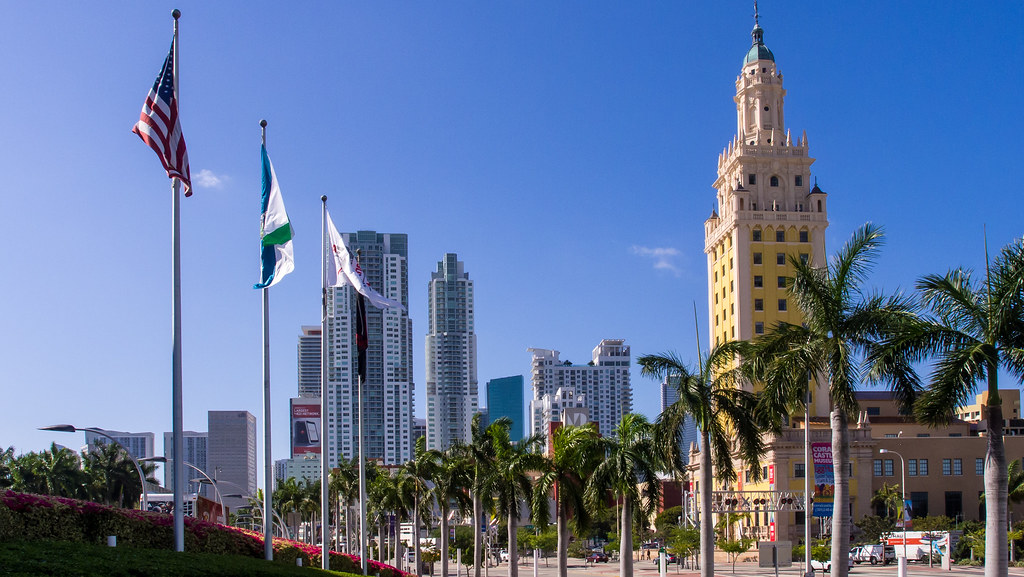
Ernest Hemingway House
Key West
Located in the heart of Old Town Key West, the Ernest Hemingway Home and Museum was home to the world-celebrated author from 1931 until his death in 1961. Today, tour guides bring the beautiful Spanish Colonial house alive with stories of his time there. The home is also the residence to over sixty cats all supposed descendants of Hemingway’s favorite cat Christopher Columbus.
Ferdinand Magellan – US Car Number 1
Miami
Built in 1928 for use by President Roosevelt, the armor-plated Ferdinand Magellan is the only passenger railroad car in the 20th century to be custom-built for a President of the United States. Also used by Harry S Truman and Ronald Reagan in presidential reelection campaigns, the Presidential Rail Car, US Number 1 is also the only passenger railroad car designated a National Historic Landmark.
Fort Zachary Taylor
Key West
Florida’s southernmost state park, Fort Zachary Taylor was built in the 1850s and named after President Zachary Taylor. It played a role in the Civil War and again in the Spanish-American War and was finally handed over to the care of the Navy in 1947. The discovery of the old armaments in 1968 led to the largest collection of Civil War cannons in the USA. The Park now covers a total of 87 acres and the beautiful beach at the southern end of the park provides opportunities for picnicking, swimming, snorkeling, and fishing.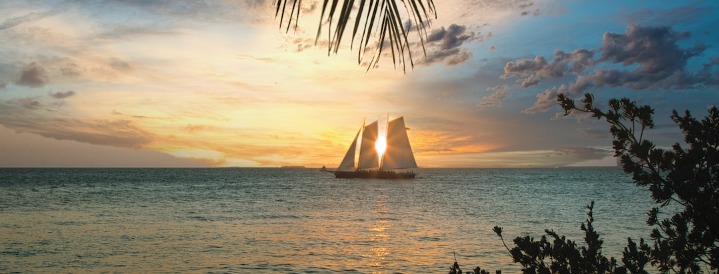
Mar-a-Lago
Palm Beach
Often referred to as “the Jewel of Palm Beach,” Mar-A-Lago officially opened in January 1927, after four years of construction. Architect Marion Wyeth was hired by Marjorie Merriweather Post (then Mrs. Edward F. Hutton) to build the estate. Mar-A-Lago, “from lake to the sea,” encompasses 20 acres of lush lawns and a nine-hole golf course. The property even has a stone path leading to a tunnel that winds under South Ocean Blvd. and opens to the beach. The estate has played host to the most extravagant galas of Palm Beach. Now privately owned by Donald Trump, Mar-A-Lago includes the Mar-A-Lago Club that offers members an opportunity to view the paradise.
Miami-Biltmore Hotel & Country Club
Coral Gables
At the height of the Florida land boom in the 1920s, George E. Merrick joined forces with hotel magnate John McEntee Bowman to build the Miami-Biltmore Hotel and Country Club. Modern for its time, and lavishly appointed, the Biltmore attracted the highest levels of society from both Europe and the United States. Today it is a monument to this era in South Florida.
Okeechobee Battlefield
Okeechobee
Site of the fiercest battle of the Second Seminole War in 1837, the Okeechobee Battlefield saw a three-hour struggle that resulted in victory for Zachary Taylor and marked the turning point of the war. Friends of The Okeechobee Battlefield co-ordinate the Annual Battlefield Re-enactment on a 55 acre parcel of the original battlefield site.
Vizcaya
Miami
The winter home of agricultural industrialist James Deering, the Italian-inspired estate of Vizcaya in ten acres of gardens on Biscayne Bay features over 34 ornately decorated rooms filled with tapestries, antiques, and other rarities collected on James Deering’s trips to Europe, as well as formal gardens, fountains and a hardwood hammock forest.
Whitehall (Flagler Museum)
Palm Beach
One of “America’s Castles,” Whitehall was built in 1901 by Henry M. Flagler, cofounder of the Standard Oil Co., as a wedding gift for his third wife. The house has 55 rooms decorated in historic European styles, many of which contain the original furnishings. The mansion also contains collections including lace, porcelain, glass, and silver, as well as historical exhibits depicting the extensive undertakings of the Flagler business empire. Henry Flagler’s private railroad car is showcased in the Museum’s new pavilion.
